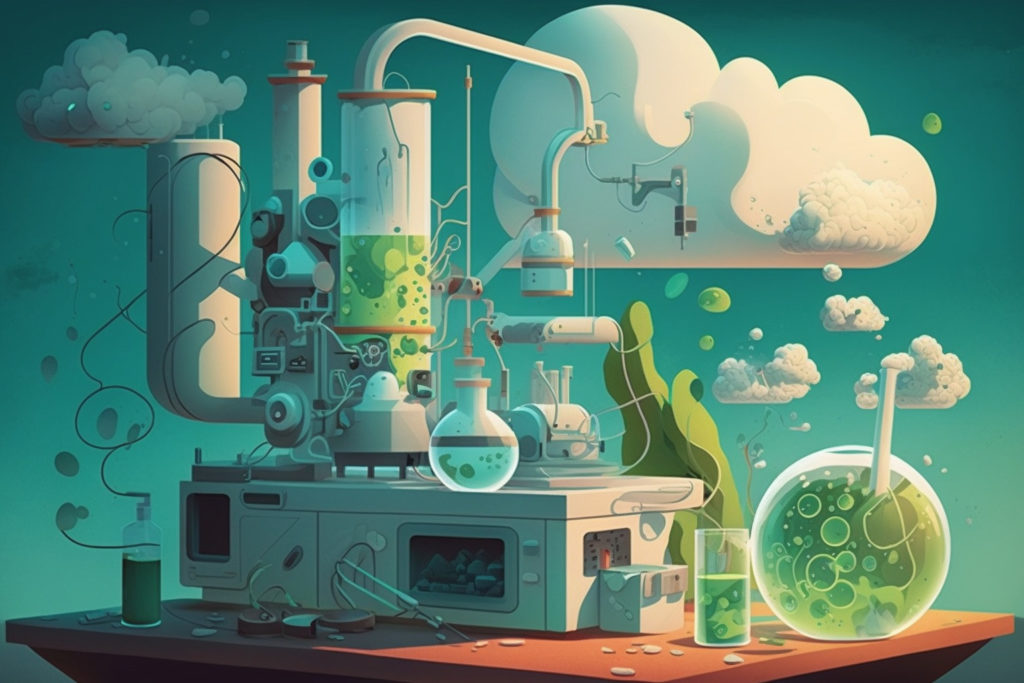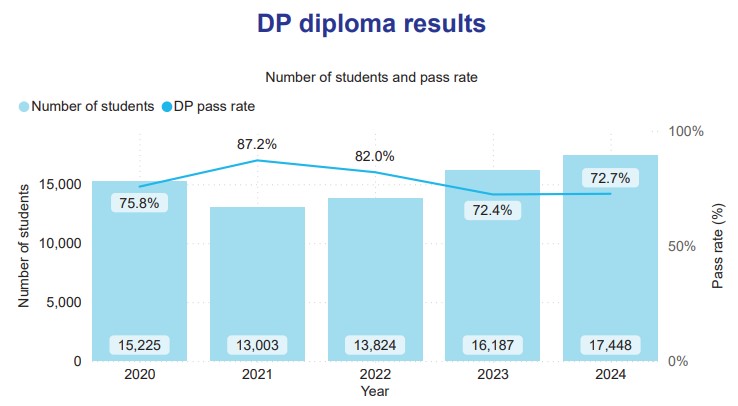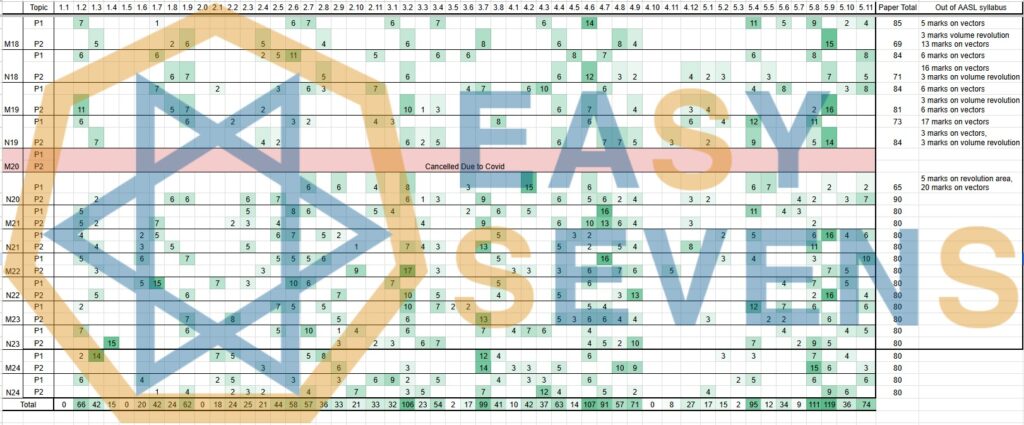The IB Chemistry IA represents a paramount aspect of the Chemistry curriculum, challenging students to embark on an individualistic quest into the enigmatic world of chemical phenomena. The following five IB Chemistry IA ideas serve as a beacon of enlightenment for those seeking to traverse uncharted territories in their IA journey. From unraveling the cryptic relationship between pH and temperature on the rate of hydrolysis in commonly utilized drugs, to decoding the enigma of how UV light influences the degradation of hydrogen peroxide, our IB Chemistry tutor will help you delve into the diverse realm of the IB Chemistry curriculum.
Secrets to a High Scoring IB Chemistry IA
Writing a high-scoring IB Chemistry IA requires a combination of proper planning, thorough research, and thoughtful experimentation. Firstly, it is important to choose a topic that aligns with your interests and allows you to demonstrate your understanding of the IB Chemistry curriculum. Next, it is crucial to formulate a clear and concise research question that guides your investigation. Once you have a solid understanding of your topic and research question, it is time to plan your experiment. Be sure to consider all relevant variables, control for extraneous variables, and use appropriate experimental design and techniques. Finally, analyze your data with precision, draw meaningful conclusions, and present your findings in a well-organized and concise manner. Our IB Chemistry tutor here at Easy Sevens are ready to guide you to an outstanding IB Chemistry IA that will earn you top marks.
5 New and Creative IB Chemistry IA Ideas (Feb 2023)
Effect of pH/temperature on the rate of hydrolysis of a chemical found in common drugs
- Independent variable: pH/Temperature
- Dependent variable: Rate of hydrolysis
- Research question: How does pH/temperature affect the rate of hydrolysis of a chemical found in common drugs?
- Topic of the curriculum: Rates of reaction
How iron catalyses the reaction between hydrogen peroxide and luminol
- Independent variable: Presence of iron
- Dependent variable: Rate of reaction between hydrogen peroxide and luminol
- Research question: How does the presence of iron affect the rate of the reaction between hydrogen peroxide and luminol?
- Topic of the curriculum: Rates of reaction
Effects of UV light on the degradation of hydrogen peroxide
- Independent variable: UV light exposure
- Dependent variable: Degree of degradation of hydrogen peroxide
- Research question: How does UV light exposure affect the degradation of hydrogen peroxide?
- Topic of the curriculum: Rates of reaction
Effects of acid concentration/temperature/salt concentration on the browning of fruits or vegetables
- Independent variable: Acid concentration/Temperature/Salt concentration
- Dependent variable: Degree of browning of fruits or vegetables
- Research question: How does acid concentration/temperature/salt concentration affect the browning of fruits or vegetables?
- Topic of the curriculum: Acids and Bases
Examining the effect of temperature on the solubility of calcium carbonate in water
- Independent variable: Temperature
- Dependent variable: Solubility of calcium carbonate
- Research question: How does temperature affect the solubility of calcium carbonate in water?
- Topic of the curriculum: Acids and Bases
In conclusion, these five IB Chemistry IA ideas provide students with a starting point for their independent investigation. They offer a glimpse into the wide range of topics that can be explored within the IB Chemistry curriculum. Whether you’re interested in exploring the effects of pH and temperature on the rate of hydrolysis or examining the effect of UV light on the degradation of hydrogen peroxide, these ideas provide a solid foundation for a high-scoring IA. With careful planning, thorough research, and diligent experimentation, students can take these ideas and turn them into a standout IA that will impress their teachers and earn them top marks.




